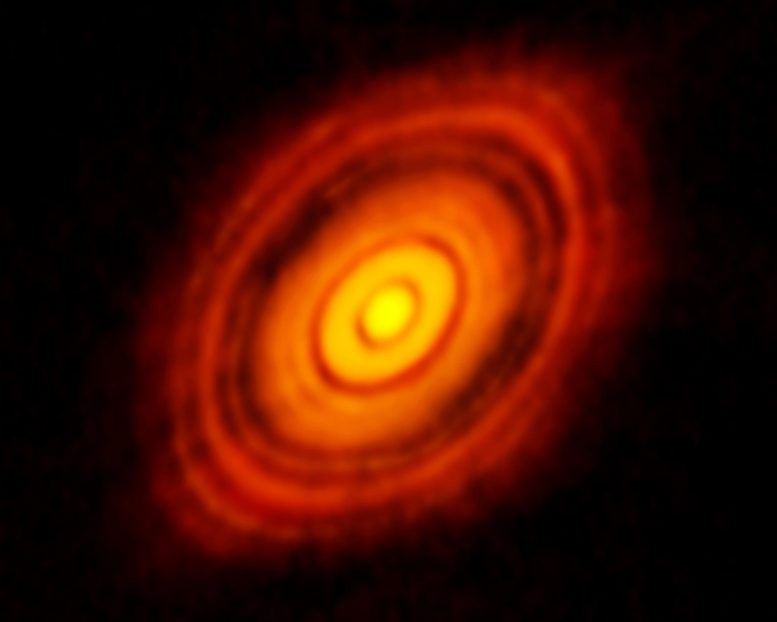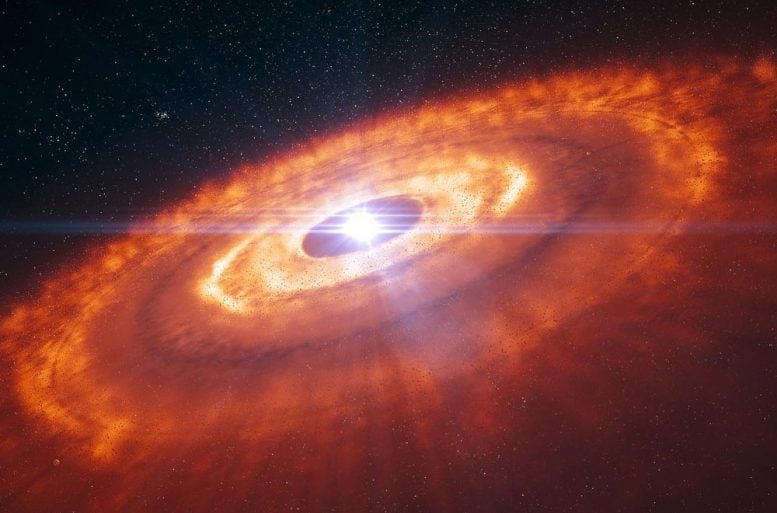Cosmic History Can Explain the Properties of Mercury, Venus, Earth and Mars
Astronomers have managed to link the properties of the inner planets of our solar system with our cosmic history: with the emergence of ring structures in the swirling disk of gas and dust in which these planets were formed. The rings are associated with basic physical properties such as the transition from an outer region where ice can form where water can only exist as water vapor. The astronomers made use of a spread of simulation to explore different possibilities of inner planet evolution. Our solar system’s inner regions are a rare, but possible outcome of that evolution. The results have been published in Nature Astronomy.
The broad-stroke picture of planet formation around stars has been unchanged for decades. But many of the specifics are still unexplained – and the search for explanations an important part of current research. Now, a group of astronomers led by Rice University’s Andre Izidoro, which includes Bertram Bitsch from the Max Planck Institute for Astronomy, has found an explanation for why the inner planets in our solar system have the properties we observe.

This image, taken with the ALMA Observatory in 2014, was the first to reveal a ring-like structure in a protoplanetary disk – in this case, the disk around the young star HL Tauri. The visible disk has a radius of a bit over 100 astronomical units, that is, over 100 times the average Earth-Sun distance. For comparison: In our solar system, the maximal distance of Pluto from the Sun amounts to about 50 astronomical units. The research described here shows the key role ring-like structures like this are likely to have played in the genesis of our Solar System. Credit: ALMA (ESO/NAOJ/NRAO), NSF
A swirling disk and rings that change everything
The broad-stroke picture in question is as follows: Around a young star, a “protoplanetary disk” of gas and dust forms, and inside that disk grow ever-larger small bodies, eventually reaching diameters of thousands of kilometers, that is: becoming planets. But in recent years, thanks to modern observational methods, the modern picture of planet formation has been refined and changed in very specific directions.
The most striking change was triggered by a literal picture: The first image taken by the Cosmic History Can Explain the Properties of Mercury, Venus, Earth and Mars


